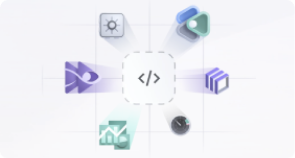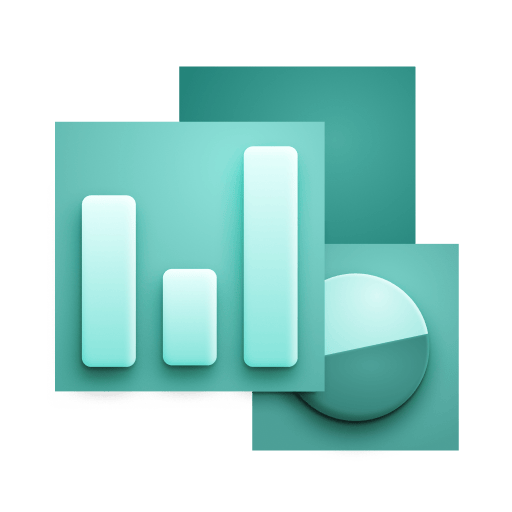Get started for Oracle Database clients:
If the application that connects to the Oracle Database server runs on a virtual machine or bare-metal, install OneAgent on it to get started.
If the application that connects to the Oracle Database server runs as a workload in Kubernetes or OpenShift, set up Dynatrace on Kubernetes or OpenShift.
Activate the following OneAgent features to get full tracing insight:
- Node.js Oracle DB
- PHP Oracle
Get started with Oracle Database servers:
If your Oracle Database server runs on a virtual machine or bare-metal, install OneAgent on it to get started with system performance metrics.
Activate the remote Oracle Database extension to get full insight into the Oracle Database server's health and performance combined with metrics and events.
The extension collects data by directly querying the database's performance views and thus requires a connection to the database. A dedicated user account is recommended for monitoring. For convenience, user creation scripts can be found here. These scripts will create a user with the CREATE_SESSION role and SELECT permissions on the following performance views:
CDB_DATA_FILESCDB_TABLESPACE_USAGE_METRICSCDB_TABLESPACESCDB_TEMP_FILESGV_$ARCHIVE_DESTGV_$ARCHIVE_DEST_STATUSV_$ASM_DISK_STATV_$ASM_DISKGROUP_STATV_$BACKUP_SET_DETAILSGV_$CLUSTER_INTERCONNECTSGV_$CONTAINERSV_$CONTAINERSGV_$CON_SYS_TIME_MODELGV_$CON_SYSSTATGV_$DATABASEV_$DATABASEV_$DATABASE_BLOCK_CORRUPTIONGV_$DATAFILEV_$DATAFILEGV_$DATAGUARD_STATUSGV_$INSTANCEGV_$INSTANCE_PINGGV_$LIBRARYCACHEV_$LOGGV_$METRICGV_$METRICGROUPGV_$PARAMETERGV_$PDBSGV_$PGASTATV_$RECOVER_FILEV_$RECOVERY_FILE_DESTGV_$RESOURCE_LIMITV_$RMAN_BACKUP_JOB_DETAILSGV_$SESSIONV_$SESSIONGV_$SGASTATGV_$SQLV_$SQLGV_$SQLAREAV_$SQL_PLANV_$SQL_PLAN_STATISTICS_ALLGV_$SYSSTATGV_$SYSTEM_EVENTGV_$SYSTEM_WAIT_CLASSV_$TABLESPACEV_$TEMPFILE
Alternatively, the SELECT_CATALOG_ROLE can be assigned to the monitoring user.
While the extension supports connecting directly to a Pluggable Database (PDB), our recommended approach to monitor a multitenant Oracle DB setup is to point to extension the CDB. PDB discovery and monitoring will occur automatically. In this case, explicit permissions to access data across all containers may be needed:
alter user <your_username> set container_data=all container = current;
These privileges are already included in the user creation scripts.
Users of the Databases App who want to make use of Query Execution Plans, will also need to provide permission for the V$SQL_PLAN, V$SESSION, V$SQL_PLAN_STATISTICS_ALL and V$SQL views. These permissions are included in the user creation scripts. See the execution plan monitoring section below for more details.
Finally, activate log monitoring to get full log insight.
Note:
With the TopN feature set, the extension reports the most time consuming queries on the Oracle Instance entity page, in a card called "Logs". Enabling this feature may expose sensitive data in the reported queries.



















